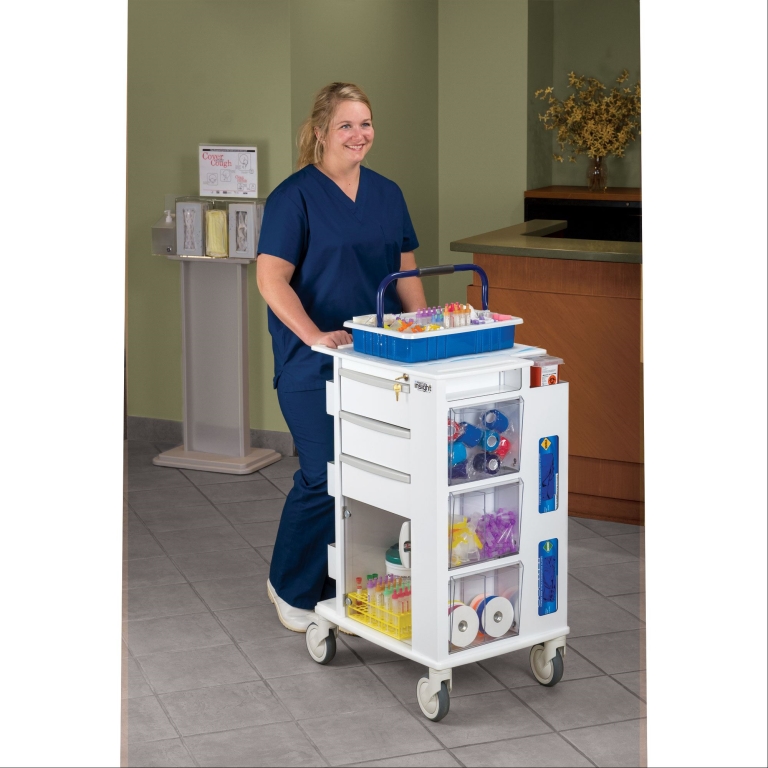**Title: How To Do Phlebotomy: A Step-By-Step Guide for Aspiring Phlebotomists**
**Introduction:**
Phlebotomy is the process of drawing blood from a patient for various laboratory tests, transfusions, donations, or research purposes. It is a crucial aspect of healthcare that requires precision, skill, and compassion. If you are considering a career in the medical field or are simply interested in learning more about phlebotomy, this comprehensive guide will provide you with the necessary information on how to perform phlebotomy effectively and safely.
**Benefits of Phlebotomy:**
Before we delve into the steps of performing phlebotomy, let’s explore some of the benefits of pursuing a career in phlebotomy:
1. Opportunity for career advancement
2. Job stability and growth in the healthcare industry
3. Fulfilling work that directly impacts patient care
4. Competitive salary and benefits
**How To Do Phlebotomy: A Step-By-Step Guide**
**Step 1: Prepare for the Procedure**
Before starting the phlebotomy procedure, it is essential to gather all necessary supplies, including:
– Blood collection tubes
- Needles
– Alcohol swabs
- Tourniquet
– Gloves
– Bandages
**Step 2: Identify the Patient and Verify Orders**
It is crucial to confirm the patient’s identity by asking for their full name and date of birth. Additionally, verify the physician’s orders for the blood work to ensure accuracy.
**Step 3: Locate and Clean the Vein**
Use a tourniquet to apply pressure to the arm and make the veins more visible. Clean the site with an alcohol swab to sterilize the area before drawing blood.
**Step 4: Perform the Venipuncture**
Once the vein is cleaned, use a sterile needle to draw blood from the vein. Remember to secure the needle in place and collect the necessary amount of blood into the collection tubes.
**Step 5: Label and Store the Blood Samples**
It is crucial to label each blood collection tube accurately with the patient’s information and the date and time of collection. After the blood is collected, store it in a designated area for processing and analysis.
**Step 6: Dispose of Used Supplies Safely**
After completing the phlebotomy procedure, dispose of all used needles, collection tubes, and other supplies in a designated sharps container to ensure safety and proper disposal.
**Conclusion:**
phlebotomy is an essential skill in the medical field that requires precision, attention to detail, and compassion. By following the step-by-step guide outlined in this article, aspiring phlebotomists can learn how to perform phlebotomy effectively and safely. Remember to always prioritize patient safety and comfort throughout the procedure. If you are interested in pursuing a career in phlebotomy, consider enrolling in a phlebotomy training program to gain the necessary knowledge and skills for success in this field.
